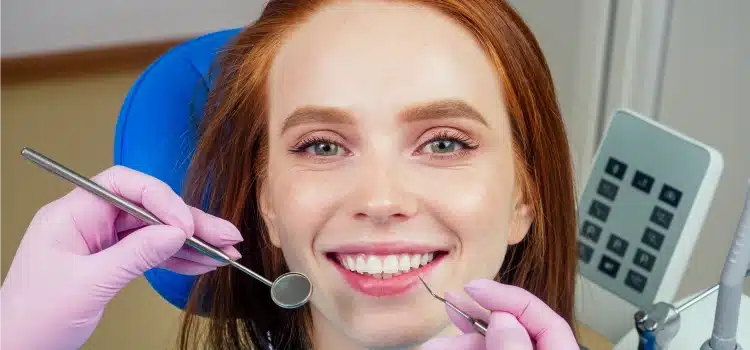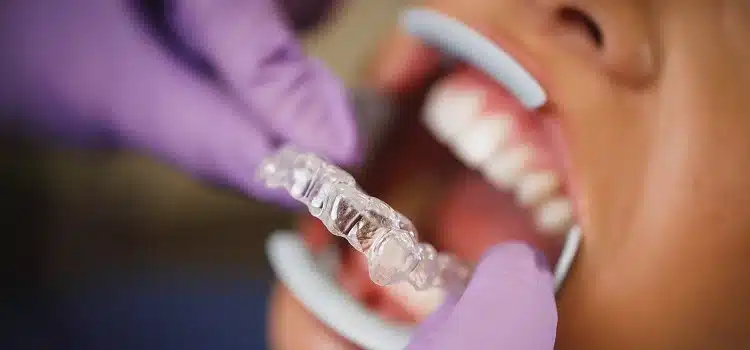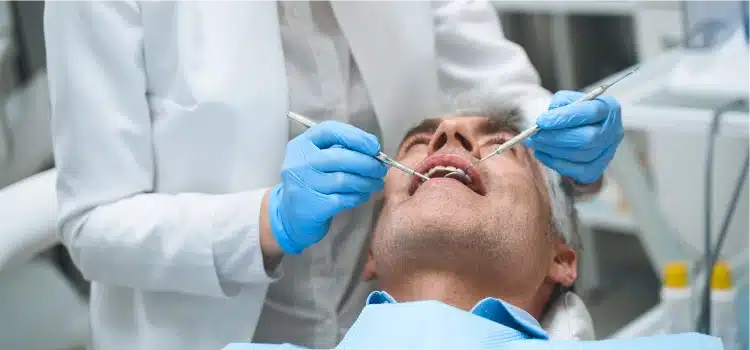Halitosis, commonly known as bad breath, is not a serious issue and is common among most people. But it is a potentially disgraceful condition that may strike anybody.
Although it affects people of all ages, genders, and backgrounds, few people are aware of its causes or, more significantly, how to avoid and cure it successfully. Halitosis may lower one’s confidence and leave a lasting unpleasant impression on people one comes into contact with due to the strange odor.
If you are also battling bad breath, learn about the most effective preventive measures to control it. Also, know about the Halitosis remedies you can prefer to eliminate this condition.
How To Prevent Bad Breath?
Bad breath prevention is essential for good oral health as well as staying confident in social situations. Here are five useful ways to prevent bad breath –
1. Brush or rinse your teeth after you eat
Maintaining a regular oral hygiene regimen is one of the most important stages in preventing bad breath. Brushing twice daily is crucial for proper oral hygiene. Brushing is also recommended after each meal, but if it is not suitable, ensure to rinse your mouth thoroughly.
This aids with removing food residue and plaque, both of which can encourage the growth of germs that cause bad breath. For thorough cleaning, think about using fluoride toothpaste and a soft-bristle toothbrush.
2. Floss at least once a day
The areas between your teeth and along the gum line, where food particles and germs can creep around, could not be adequately cleaned by brushing alone. By removing these unseen offenders, flossing at least once a day lowers the risk of foul breath and gum disease. Make flossing a consistent component of your dental hygiene regimen.
3. Scrape your tongue
Bacteria that cause bad breath can build up on your tongue’s surface, especially near the rear. Tongue cleaning for bad breath is effective and necessary. Every day, gently brush your tongue with the back of your toothbrush or a scraper. This little procedure can greatly decrease the microorganisms that cause offensive smells.
4. Avoid dry mouth
Saliva is essential for maintaining dental health because it balances acidity and removes dietary debris. A dry mouth is a haven for germs that produce odors. Keep yourself well hydrated throughout the day to avoid dry mouth, and think about using sugar-free gum or lozenges to increase salivation. Avoid drinking alcohol and coffee in excess since these substances might exacerbate dry mouth.
5. Consume More Probiotics
Probiotics are good bacteria that can balance the oral microbiome and prevent the development of microorganisms that cause bad odors. Foods including yogurt, kefir, sauerkraut, and kimchi contain probiotics. By including these probiotic-rich items in your diet, you may be able to keep your dental environment healthy.
You can easily prevent bad breath by using these preventative strategies. Additionally, regular dental checkups and professional dental cleaning are crucial to maintain fresh breath and keep Halitosis away.
Treatments For Bad Breath
Here are the treatments to address the underlying issues and potential causes of bad breath –
-
Mouth rinses and toothpastes
You can get temporary relief from bad breath with mouthwashes and toothpaste made especially to fight odor-causing bacteria. Your dentist can provide antimicrobial mouthwashes containing cetylpyridinium chloride or chlorhexidine for treating bad breath. Fluoride toothpaste also aids in the maintenance of general oral health and the prevention of tooth decay. It is important to adhere to the directions listed on these medicines and not rely on them alone for long-term therapy.
-
Treatment of gum disease
Chronic foul breath is often brought on by gum disease, also known as periodontal disease. Gum inflammation and infection can result from plaque and tartar accumulation along the gumline. In turn, this may result in germs and chemicals with unpleasant smells. It’s essential to deal with the underlying problem to remedy foul breath from gum disease.
One must understand that the underlying health conditions affect how well foul breath is treated. Bad breath can occasionally indicate more serious medical conditions, including infections or digestive problems.
Consult your dentist or healthcare practitioner to identify the underlying reason and create an effective treatment plan if foul breath continues even after the treatments.
Restore Your Confident Smile with Dental Care Excellence
Don’t let dental issues like bad breath lower your confidence and hold you back from smiling. Pinnacle Dental is your partner in achieving a healthy, beautiful smile.
With a Plano dentist and state-of-the-art technology, we ensure you receive the best care possible.
Call us today to schedule an appointment and take charge of your oral health and hygiene.










